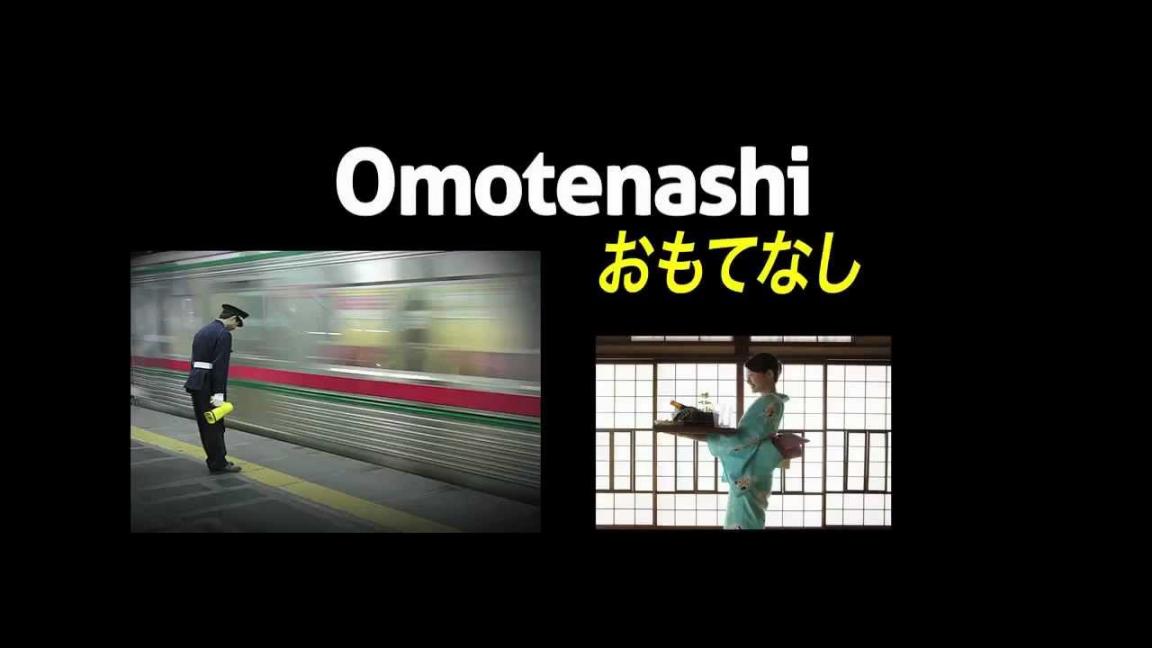In preparation for the 2020 Tokyo Olympics and Paralympics, there is a growing movement to welcome foreign tourists in various languages at commercial facilities and sightseeing spots.
Since foreign tourists are key to raising the nation’s consumption, public and private sectors are making efforts to extend “omotenashi” Japanese-style hospitality by, for example, using interpretation software that handles 27 languages, according to eTurboNews Group (www.eturbonews.com).
At the National Institute of Information and Communications Technology, an independent administrative institution based in Tokyo, an employee spoke into a tablet computer in Chinese saying, “I forgot my suitcase,” which was interpreted into fluent Japanese audio.
Eiichiro Sumita, head of the institute’s multilingual translation laboratory, proudly said: “It has a score of about 600 on the TOEIC [the Test of English for International Communication].
“It’s good enough for practical use in sightseeing.”
Dubbed “VoiceTra4U,” the institute developed the translation software in 2010 and distributes it online for free to promote its widespread use. The software can interpret 14 languages including English, Chinese, Korean, Indonesian and Thai as audio information, and can handle 27 languages in text form.
According to the Japan National Tourism Organization, the number of foreign tourists visiting this year is expected to reach 13 million, significantly exceeding the 10.36 million seen last year. More tourists from Southeast Asian nations are expected after tourist visa requirements were relaxed last year, so the government has set a goal of increasing the number of foreign visitors to 20 million by 2020.
Keikyu Corp., a railway company, started using the software in July at Haneda Airport International Terminal Station. A worker at the company said: “The number of arrival and departure slots for international flights was increased, so people are visiting from various countries. The software is helpful because there’s only so much the staff can handle.”
Tax-Free Items
Thoughtful service After the scope of tax-free items for foreigners visiting Japan was expanded to include cosmetics, medicine and other items in October, there has been a sharp rise in foreign tourists visiting the nation for shopping.
In this respect, foreign tourists are essential these days in marketing strategies at commercial facilities. Recently, busloads of tourists from China and South Korea are constantly arriving at VenusFort shopping mall in Tokyo’s Odaiba district, which is only about a 15-minute bus ride from Haneda Airport. They descend on the shopping mall to snap up cosmetics and home appliances. Many of them spend more than ¥100,000 ($1,100) to buy items in bulk.
The operator of the shopping mall began hiring attendant staff in 2003, and now four to six attendants who speak English, Chinese or Korean regularly work there. An appealing skill of the attendants is “courteous service,” including guiding customers to their desired sections. They can also explain the ingredients of cosmetics. Sales by foreign tourists account for, at times, 30 per cent of monthly sales at the shopping mall. This prompted the hiring of more shop staff with good command of foreign languages.
In Shinjuku Ward, Tokyo, 15 retailers including department stores and home appliance stores cooperated to publish a guidebook in August that comes in five languages including English, Chinese and Korean. The group of retailers is studying whether to publish the guidebook in other languages.
“Amid shrinking domestic consumption, foreign tourists will be a quick remedy to revitalize consumption. Such small hospitality, including offering [restaurant] menus with photos, will certainly attract more foreign tourists,” said Shinichi Shimizu, a part-time lecturer at Rikkyo University who specializes in tourism.


